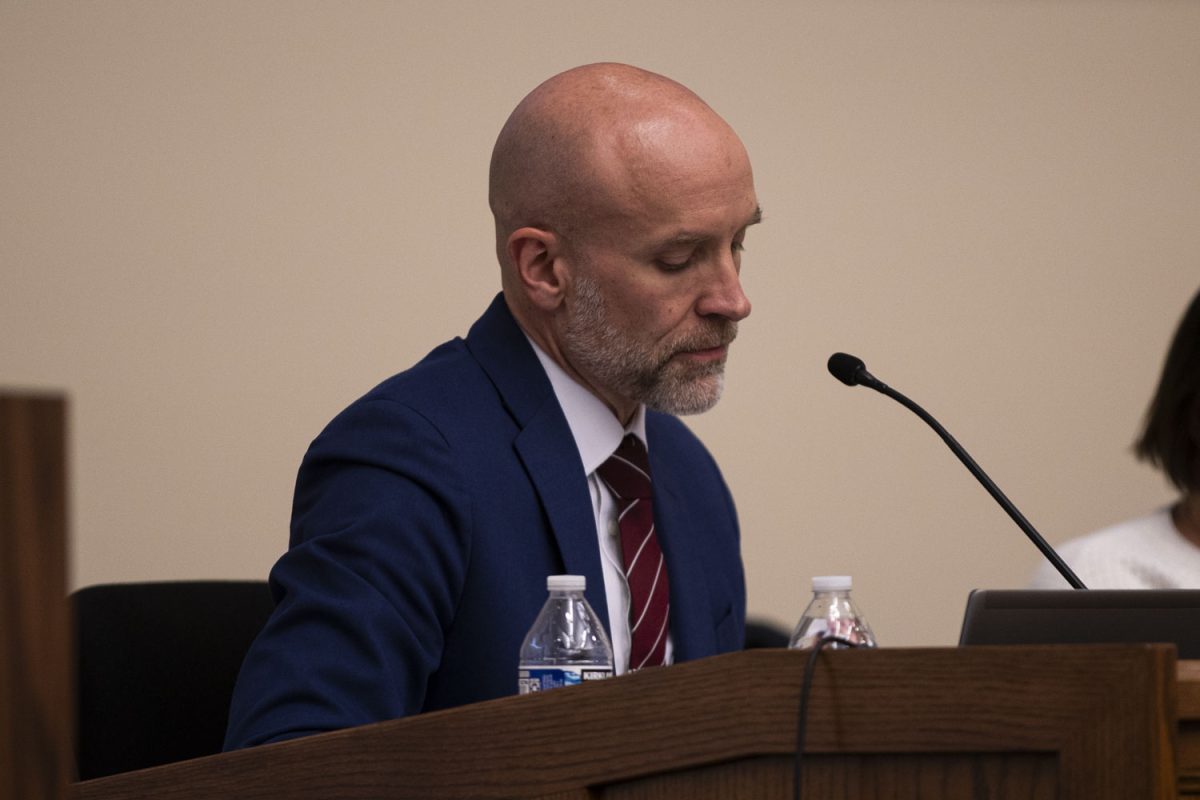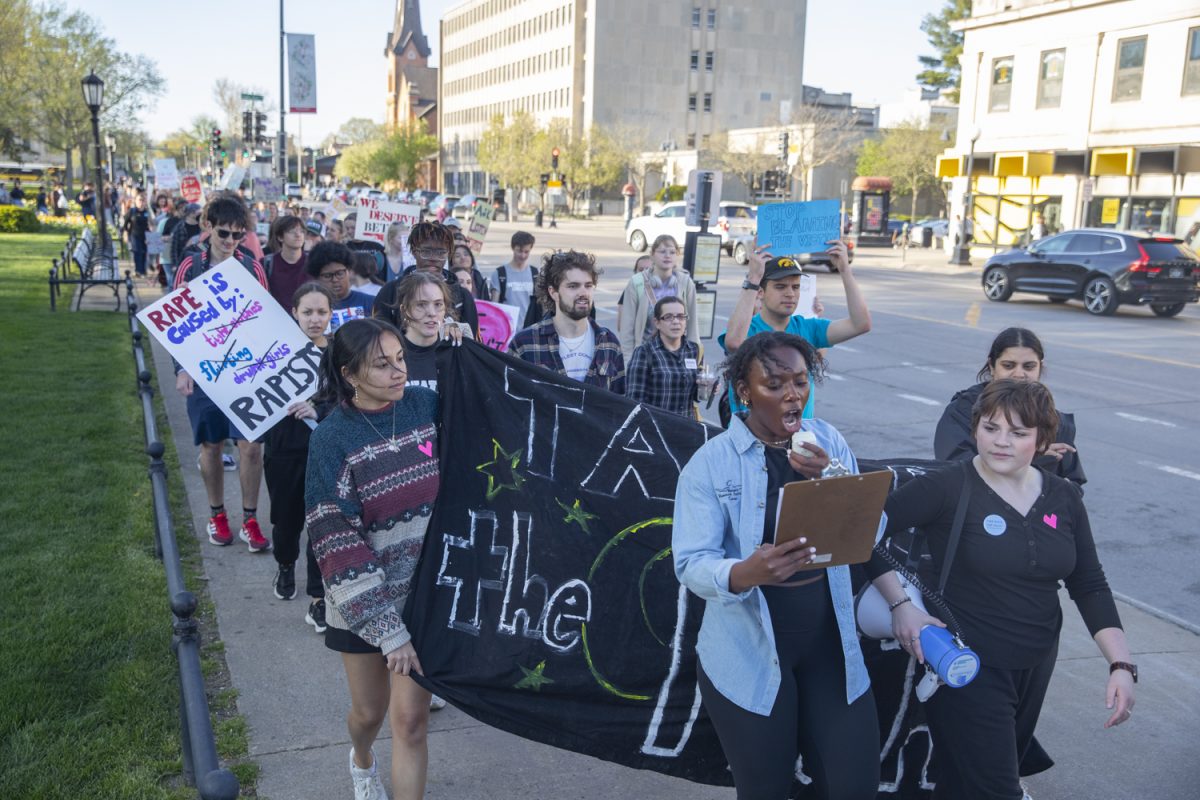For some student loans, the buy now, pay later era is changing.
Sallie Mae — the nation’s largest student-loan provider — introduced on Monday the new Smart Option Student Loan, which seeks to reduce student debt by changing loan-payment terms.
Starting with the 2009-10 academic year, new loan applicants will now have to make interest-only payments while still in college instead of deferring them until after graduation.
“Paying a little now saves a lot in the long run,” said Patricia Christel, a spokeswoman for Sallie Mae.
Overall, the goal of the change is to help students develop repayment habits, improve credit scores, and make payments more manageable by getting students to pay off the loans in five to 15 years as opposed to 15 to 30 years.
But that cost today could have a toll on some students’ pocketbooks while in school.
Mark Warner, the director of UI Student Financial Aid, said when it comes to private loans, “consumer beware.”
While he noted the benefits of the shorter payback of loans, he said for some students — such as those who are not obtaining any financial support from parents — the change could be a setback.
“If the student is unable to make interest payments while in school, then that will provide hardship for that student,” he said.
Warner said the new option appears to be better for students who have a cosigner who helps make those payments. And avoiding the traditional accumulation of debt could also be a benefit, he said.
Under Sallie Mae, students who have a cosigner are more likely to be approved for a loan and to receive lower interest rates, Christel said.
Though speaking from different spectrums of student financial aid, Warner and Christel agreed that private loans should only be sought after exhausting all available federal assistance.
“I would never promote private loans” without reviewing other possibilities, Warner said, pointing out that students should always be budget conscious and apply for loans minimally.
Roughly 80 percent of UI students are assisted by some sort of financial aid — whether it be through university, state, federal, or private means, Warner said.
Nationally, Sallie Mae manages $180 billion in education loans and serves 10 million parent and student customers, according to a press release.
Under the new plan, a student with the average loan of $7,700 would be able to repay that twice as quickly — saving the student roughly $8,700, according to the release.
“We have tried to design this loan to be sensitive to the needs of students who not only rely on this financing to get to college but also want a more manageable level of debt as they transition from school to work,” Jack Hewes, the senior executive vice-president of Sallie Mae, said in the release.
UI junior Steve Sloan, who takes $6,000 in private student loans each year, said the thought of paying off his loans has begun to creep into his mind.
While his parents have helped him through his undergraduate years, he’ll be on his own for graduate school — something that has made him consider working before returning to continue his education.
After noting the uncertainty of his current loan payments, Sloan said his future decision is still up in the air.
“It all depends on if I have the money to, or if I will have enough loans, and if I will be able to pay them back,” he said.






